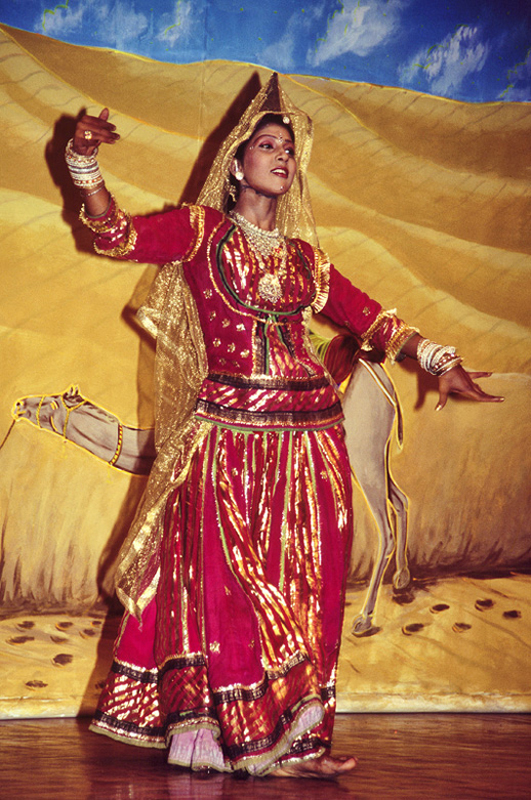
It's the journey that matters in
the end.
Ernest Hemingway
Keeping the lid on Indonesia's intensity has never been easy. The Dutch began weaving together the basic island geography 400 years ago to corner the lucrative market in clove and nutmeg, at the time as valuable as gold. They, of course, could not have cared less about future religious or social harmony. The result was the ungainly archipelago we know today.
This swayback chain of 17,000 islands, 6,000 of which are inhabited, is scattered over 3,000 miles of inky blue Indian Ocean. The world's fourth most populous nation (250 million) is certainly one of earth's last great adventures. Just island hopping on the local airlines is a guaranteed adrenaline rush. Indonesia is an unlikely mix that defies homogenization. There are so many languages, religions, animals, plants, foods, clothing styles, and sports that it is like trying to combine a hundred countries into one. No surprise it doesn't always work.
Some of the differences are not trivial, especially culture and religion. We are talking about people who in some cases are as fundamentally different as if they came from other planets. Many of these islands are thus very unique, like tiny Bali, a bastion of Hinduism in a nation of Islam. Or the Asmat region and people of Papua, whose only Western belief is that they don't like the West.
The most fundamental difference, of course, is religion. The world's largest Muslim population (90% of the total) is being asked to coexist with tens of millions of minority Christians and a hodge-podge of other faiths with even smaller numbers of devotees. Interfaith conflict at times seems like a way of life, threatening to rip the country farther apart. And with the fall of dictator Suharto in 1998, the lid came off. Gone are the steely controls (mostly military muscle) he used to stifle social unrest, making way for a clashing of cultural tectonic plates. (next photo)